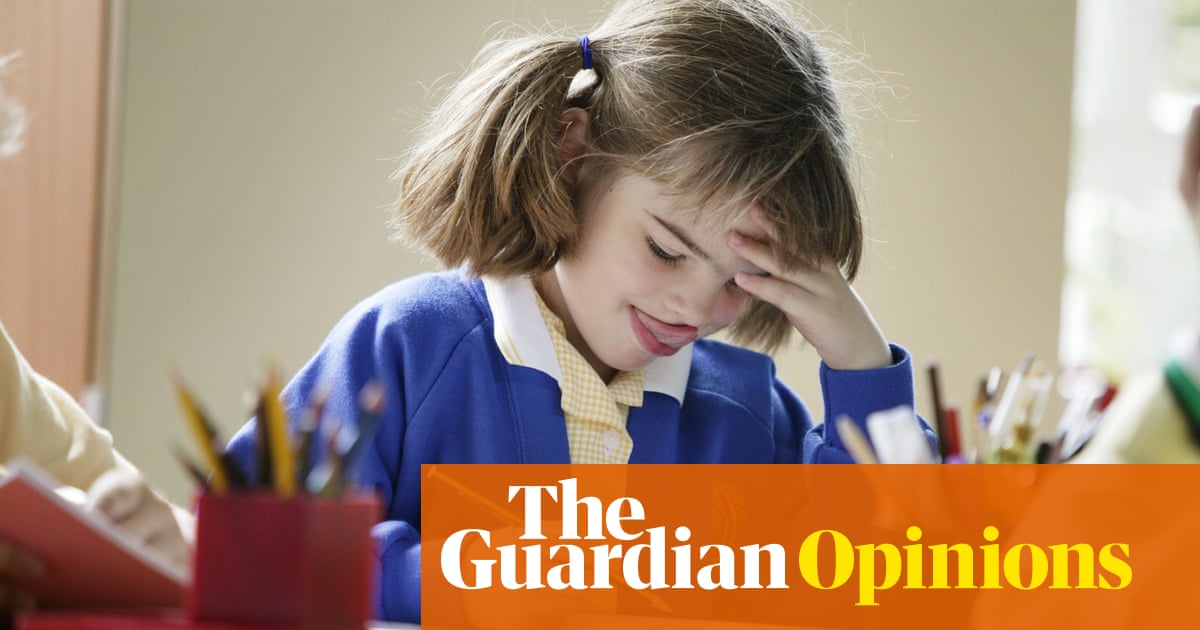Schools are facing considerable barriers to teaching poetry in the classroom. That’s according to a new survey from the Centre for Literacy in Primary Education and Macmillan Children’s Books – the findings of which come as little surprise to me.
I have worked with many student teachers and spoken at many teacher conferences where it’s clear that it is often a struggle to fit poetry into the classroom day. What a shame that is. We all instinctively know the power of poetry – it is the medium we turn to at weddings and funerals and new births, we know that it speaks to something deep within us and yet, on the whole, poetry tends to get forgotten until those times when we need it, and nothing else will do.
I often talk about the baggage that comes with poetry – the idea that it is to be analysed and studied and that there is a correct answer to its interpretation. But there is no right answer to a poem, other than the one it whispers to our souls. My own memories of poetry in the classroom are of analysing the poems of Sylvia Plath. I enjoyed it, but analysis alone can disconnect us from our enjoyment of reading a good poem. Striving to second guess a poet’s intent without allowing time and space to find a poem or poet that speaks to you, for me, misses the point.
Long before I was a published poet, I used to go into schools to help get young people excited about poetry. I learned that the best way to do this was by sharing the joy I feel through writing it. By allowing young people to really engage with poetry in that way you open up a space of appreciation for the poems of others. Through writing poetry I learned how wonderfully brilliant Dylan Thomas’s Do Not Go Gentle into That Good Night truly is – have a go at writing your own villanelle and its genius opens itself up to you.


